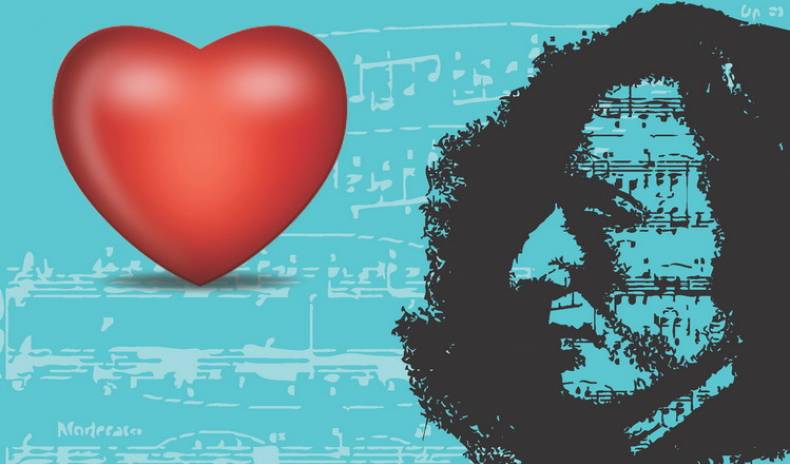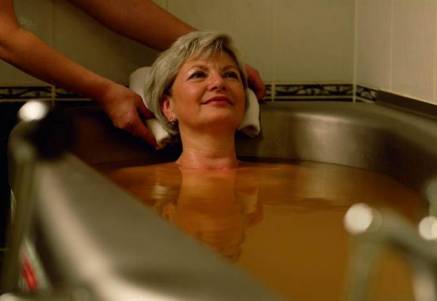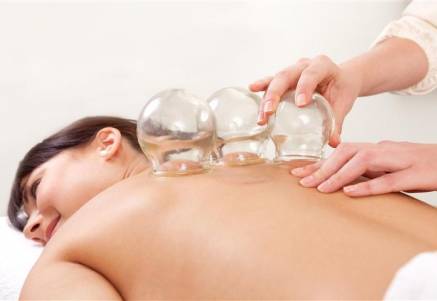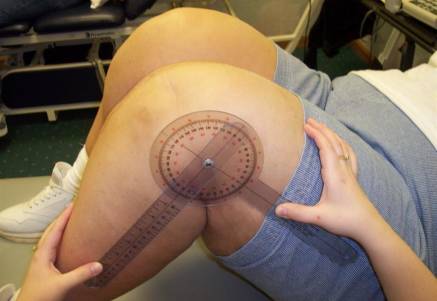The latest study has revealed that listening to the right kind of music can slow the heart and lower blood pressure. Dr Luciano Bernardi from Italy's Pavia University and his colleagues asked some24 healthy individuals to listen to five random tracks of classical music and monitored how their bodies responded. Tracks include, for example, Beethoven's Ninth Symphony, Bach's cantata No 169, an aria from Puccini's Turandot, end etc.
Every gradual volume increase of music - "aroused" the body and led to narrowing of blood vessels under the skin, increased blood pressure and heart rate and increased respiratory rates. On the other hand, a gradual volume decreases - caused relaxation, which slowed heart rate and lowered blood pressure.
Dr. Bernadi said: "Music induces a continuous, dynamic - and to some extent predictable - change in the cardiovascular system. These findings increase our understanding of how music could be used in rehabilitative medicine."
Dr. Kalousek from Spa-Resorts.cz emphasized that in Czech Health SPA sites with specialisation on heart & circulatory system diseases treatment and rehabilitation the music therapy positive effect is known.
Wikipedia terms the music therapy as an “interpersonal process in which the therapist uses music and all of its facets—physical, emotional, mental, social, aesthetic, and spiritual—to help clients to improve or maintain their health.”
Music appears to bust especially after stroke rehabilitation because of its very positive emotional effect on the patient. As a matter of fact similar beneficial effects may also be gained by making the patient happy in other ways.
The music is already in great use in many US and UK hospitals not only because it is cheap and easy to administer but also because music has visible physical effects on the body as well as mood. For example “Music in Hospitals”, a UK-based charity, provides live music to hospitals and residential homes across the country. It was originally set up after World War II to help injured veterans.





















